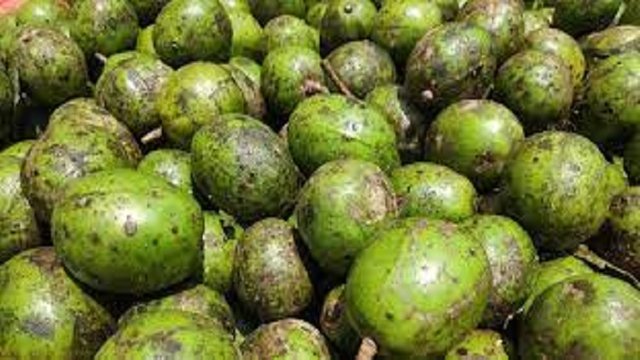
Swarupkathi is an upazila in the southern part of Bangladesh. What I call form-painted swarupakathi. You can understand what today's writing is about by looking at my uploaded picture. I am a teacher and a science instructor. That day is probably October 2 or 3. We were going through our Miyar Hat in front of 'the Amra port' of Miyar Hat & Inderhat port. Then I remembered the immense potential of Amra. That's when I took a few pictures. In fact, the name of the region of the country that comes to mind first when talking about Amra, is this Swarupkathi of Barisal whose current name is Nesharabad. Amra of this region of Barisal has a reputation all over
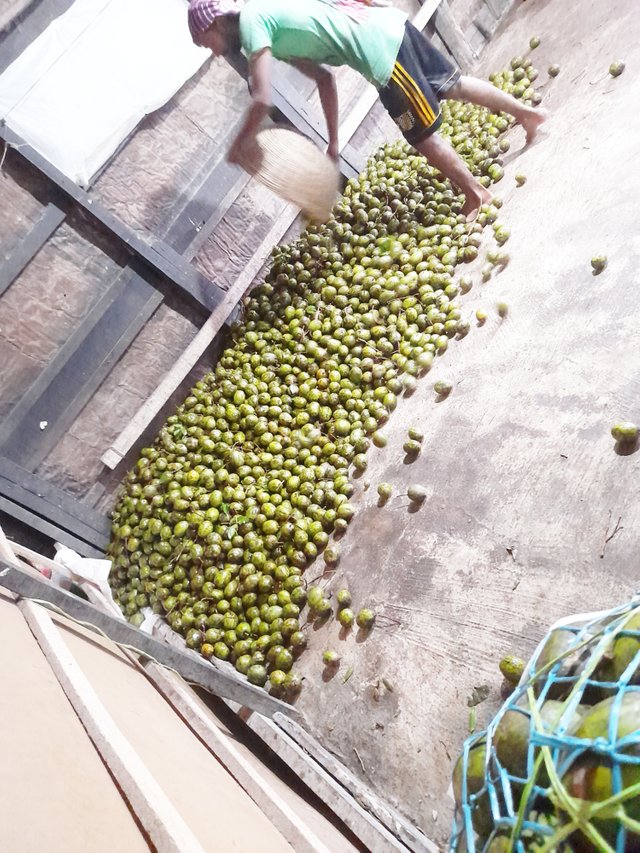
Majority of the yield of this amra comes from this Swarupkathi upazila. I cannot say exactly how many years Amra has been cultivated here but it is probably 60-70 years or more.
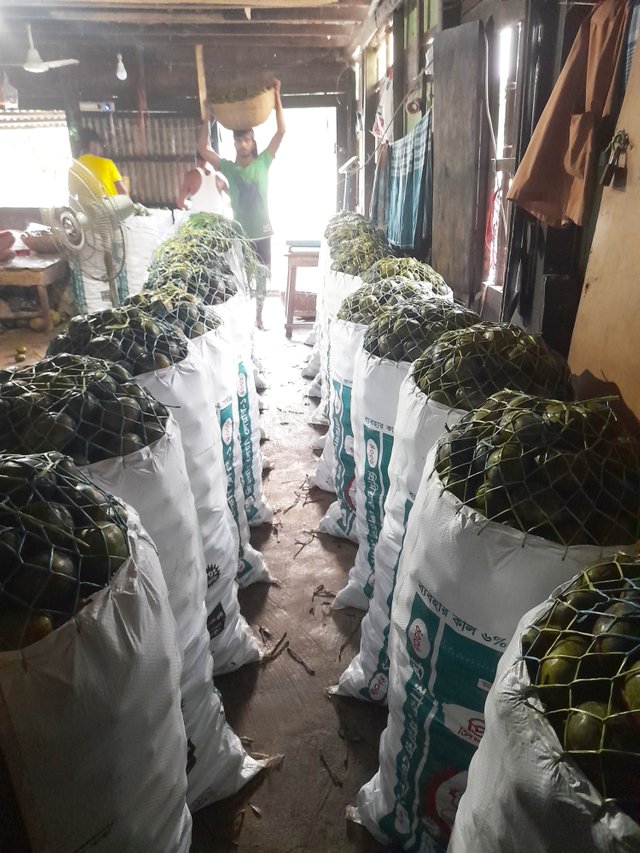
I went to the workers working here and asked about the yield of Amra this year. They said that the amra yield is very good this year. A lot has happened. I saw that the trawler was coming to Amra. The mangoes were being picked up from the trawler in baskets. Earlier, due to poor communication conditions, despite the good yield of amra and guava, the farmers did not smile. This communication system is the main reason for this. Lack of proper storage causes loss of lakhs of rupees to amra and guava every year. Farmers are very worried during the season due to lack of cold storage. The biggest role for it to spread nationwide is our long cherished dream of Padma Bridge. Sending guavas to distant districts is no longer a fear of corruption on the way. Nothing to say about Padma Bridge. But I will write an article about it at some other time.
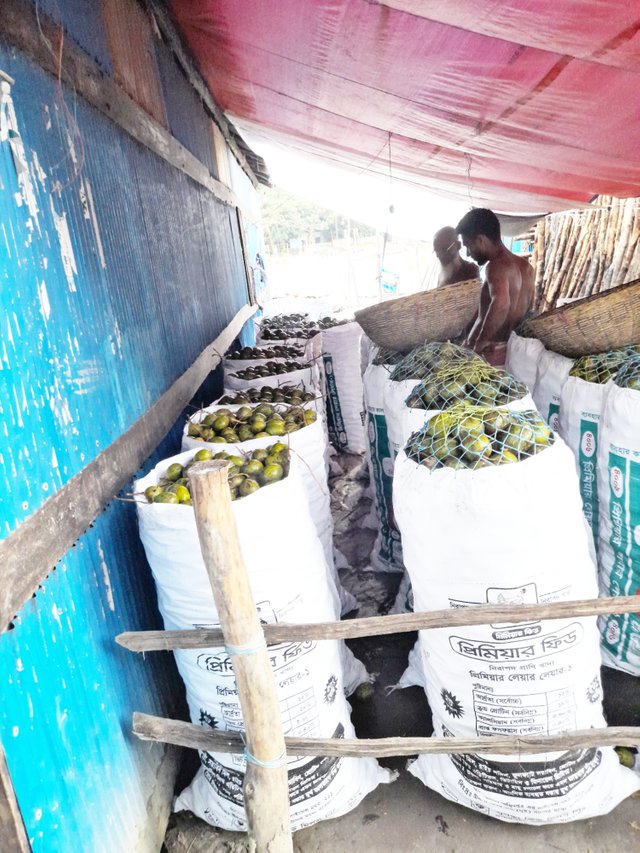
Have we forgotten about the Corona outbreak? There was a big obstacle in the way of marketing Amra in our area. We are actually wasting it as foreigners do not know the versatile uses of amra and guava. But its use is increasing day by day for the modernity of the age. But talking about this year, it can be said that the farmer has a smile on his face. They are very happy. But unfortunately the prices of amra and guava have increased in our area. But the losses farmers faced due to Corona have now been largely overcome. Now the farmers are very happy and very optimistic.
Amra is cultivated in almost every union of ours. Though unable to say the exact amount of amra cultivation land, a businessman says that this time around 18-20 metric tons of amra has been produced per hectare.
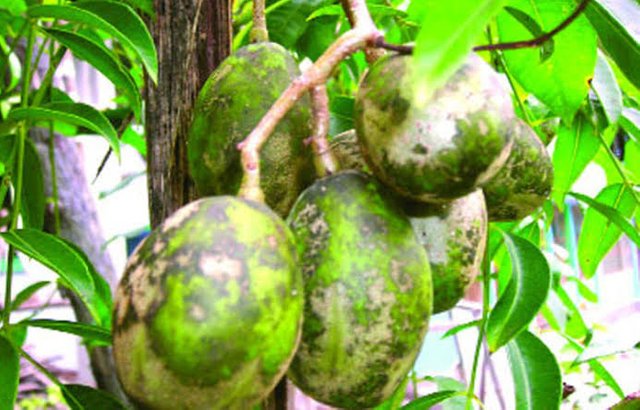
Swarupkathi (Nesharabad) Upazila Atghar, Kuriana, Jindakathi, Dhalhar, Ata, and many other canals have floating markets. Farmers collect amra from the garden and bring it to these markets in boats or trawlers for sale.
This is the livelihood of many people here. Amra season is from the middle of Ashad month to Kartik month every year. Apart from amra and guava, lemon, coconut, betel nut and other agricultural products are extensively cultivated in these areas.
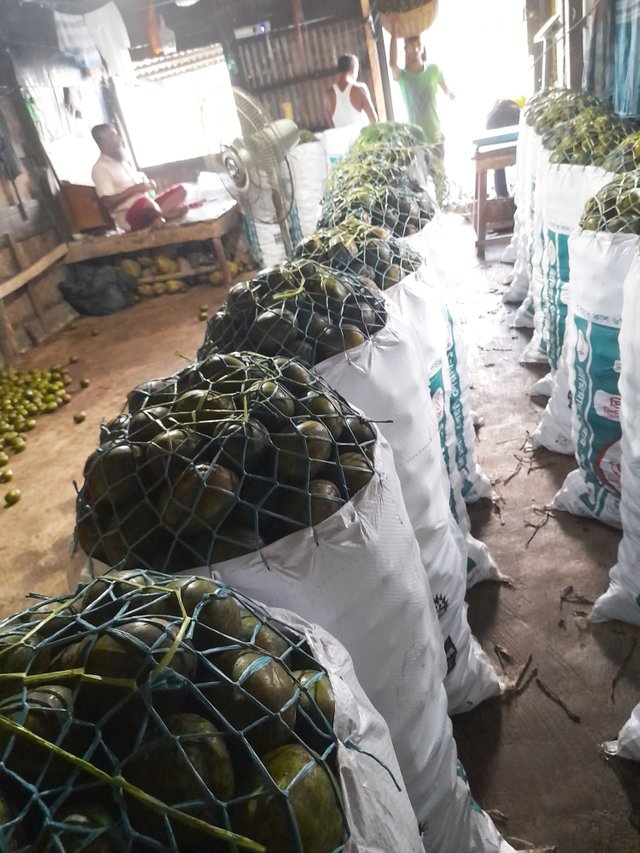
Thus there are many other things that made Swarupakathi famous. Guava is one of them. I will talk about guava another day. Besides, this area is also particularly popular in the timber business. I am leaving here today.
Wishing everyone good health
Allah Hafez